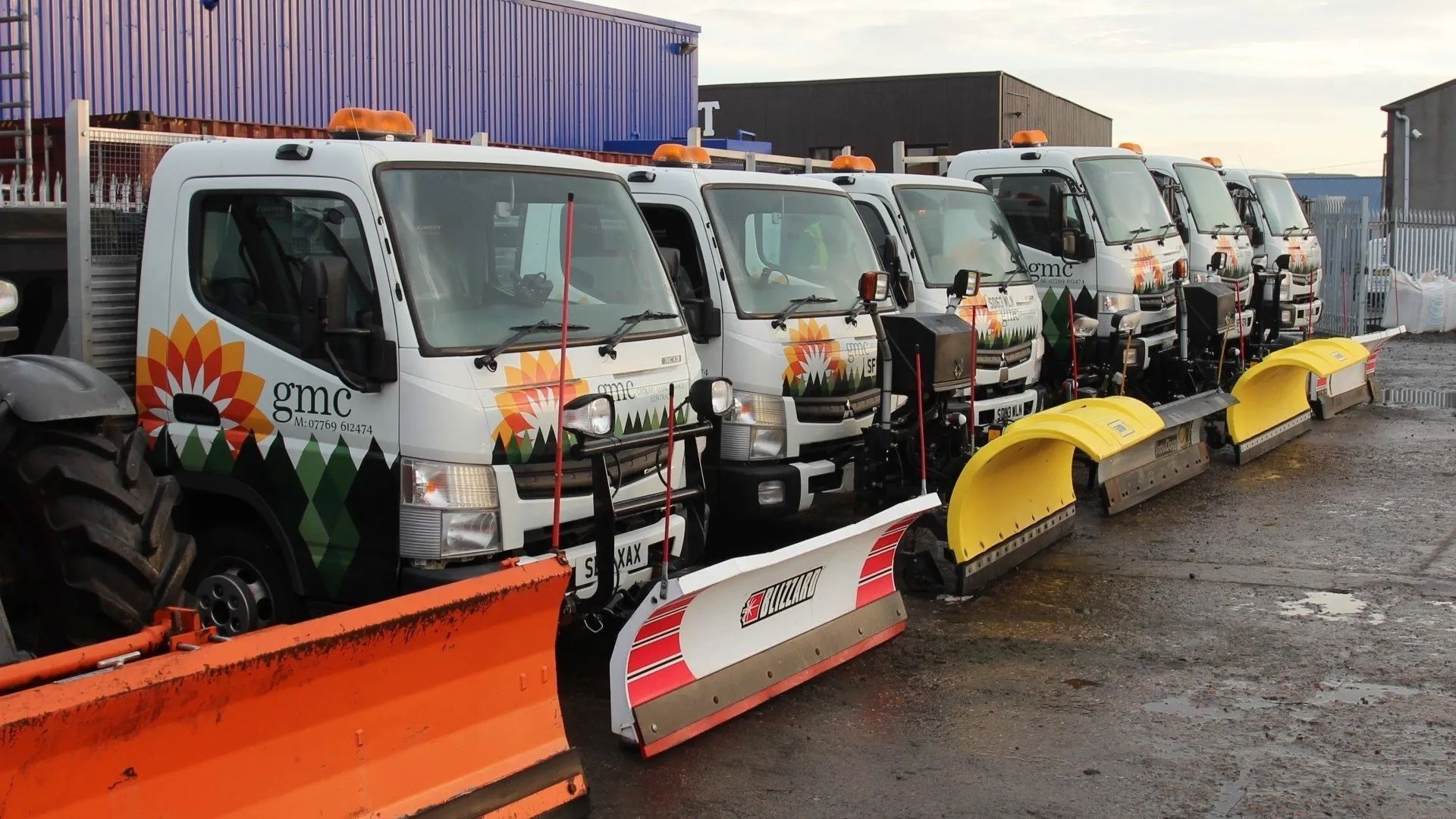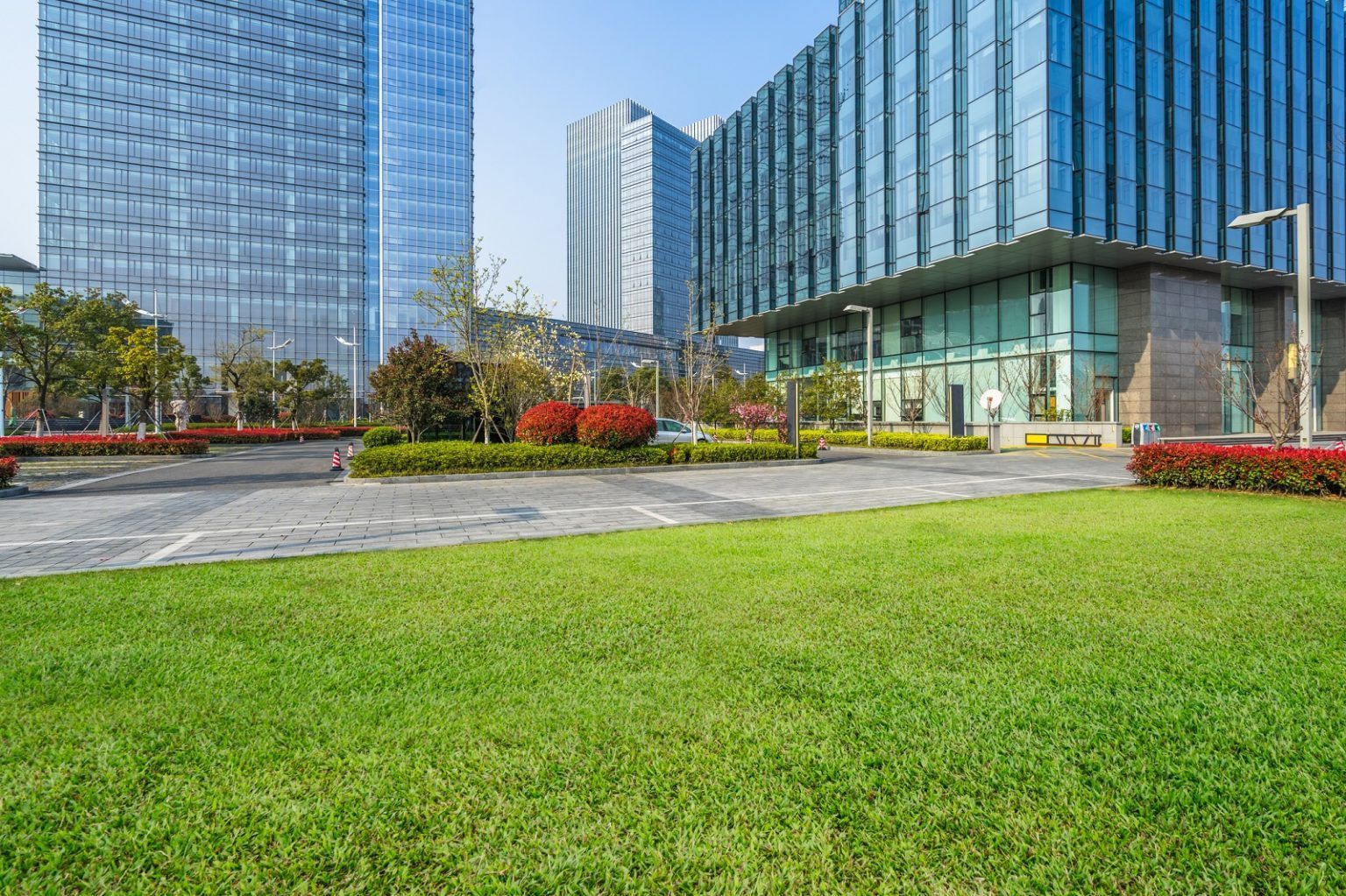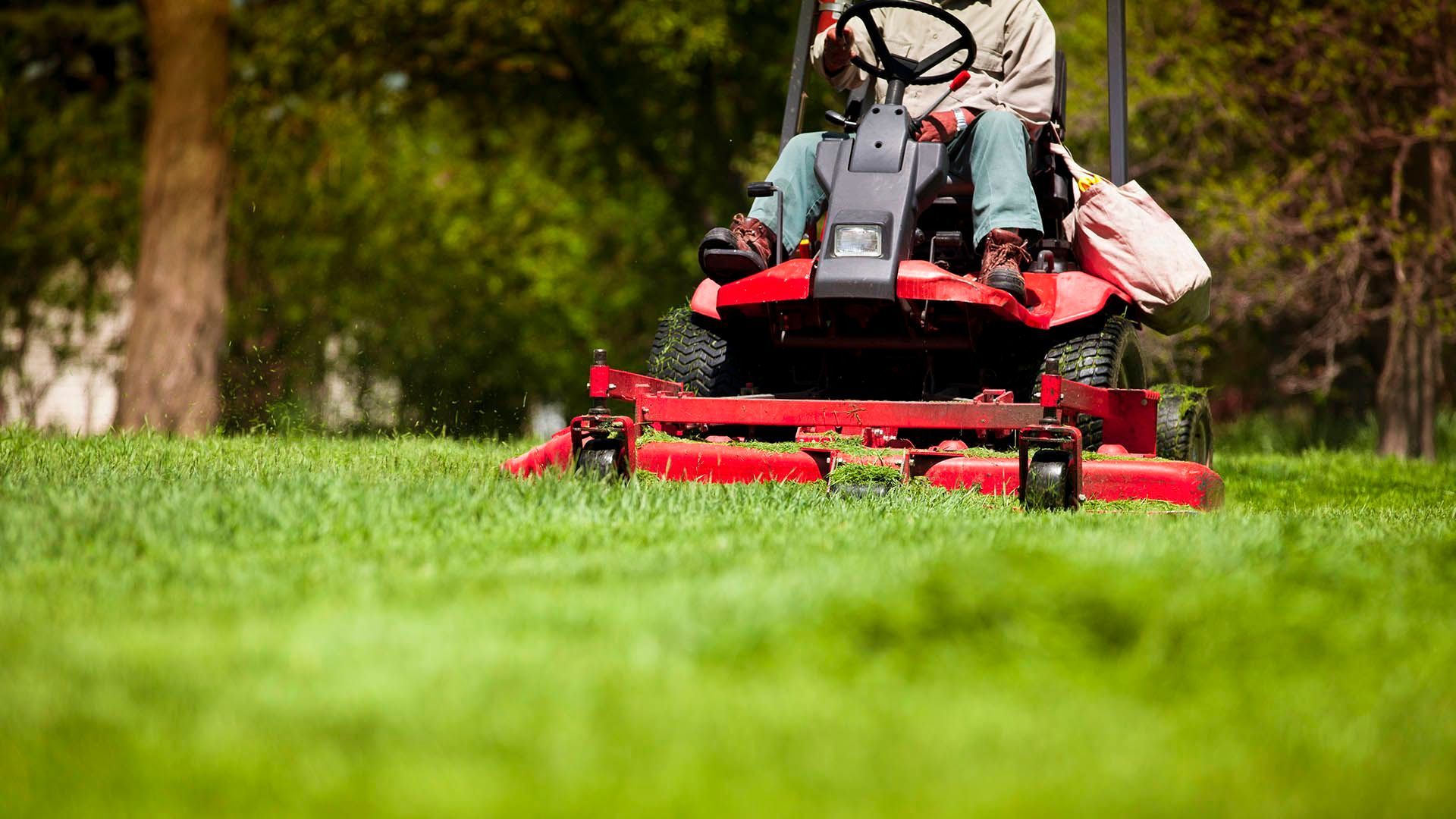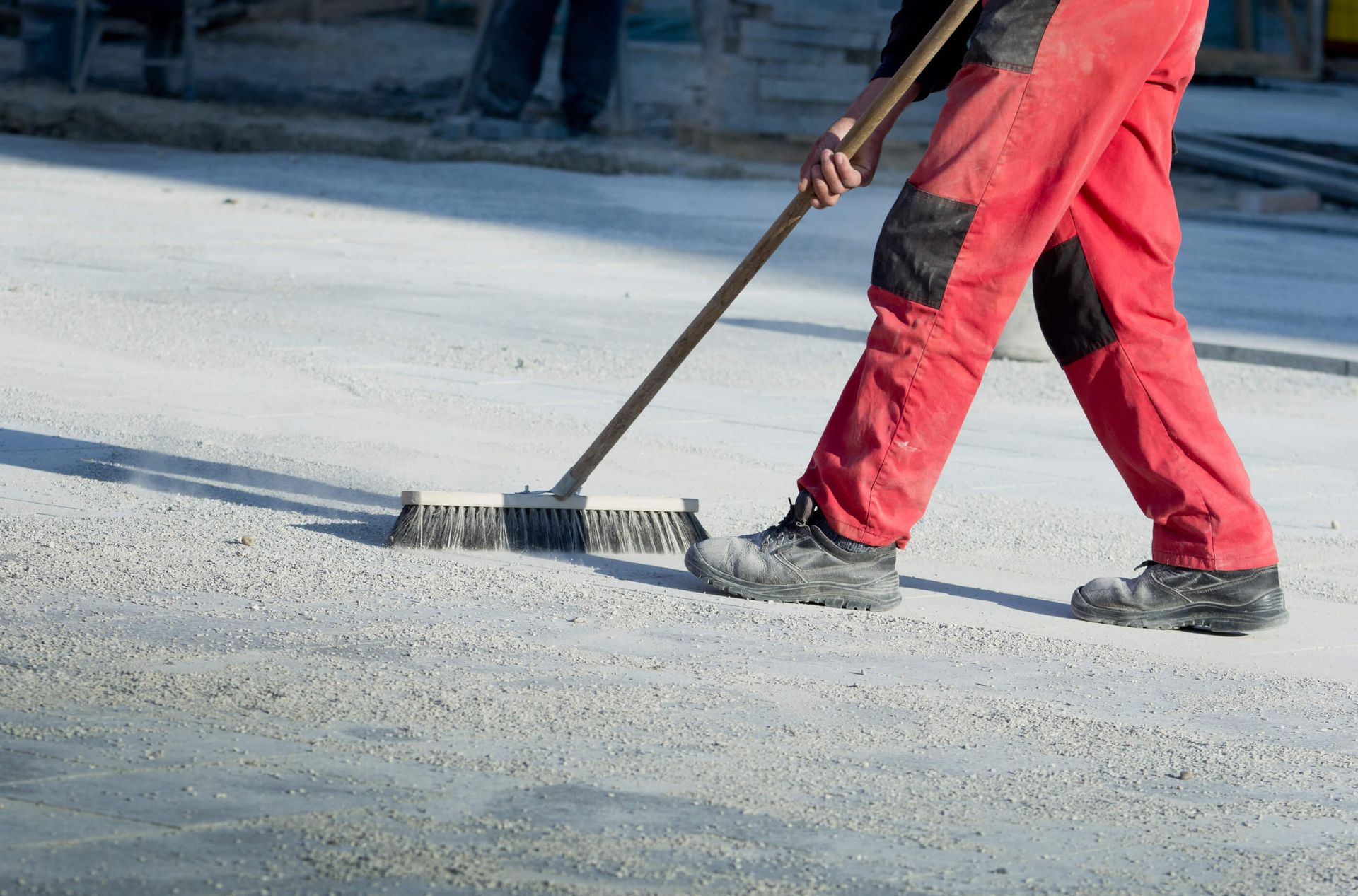Tree Care 101: Your Ultimate Guide to Tree Felling
Trees are an important part of our ecosystem. They give us aesthetic pleasure, improve our air quality and offer natural habitat to many of our wildlife species.
However, there are certain occasions when they can pose a safety hazard or may need to be removed as part of responsible grounds care. This requires a tree surgery, which may include what’s known as tree felling (cutting trees down), and there are many considerations that must be taken into account in these circumstances.
Read on to learn all you need to know about tree felling, including why it’s needed, when it should be carried out and how to do so safely.
Why it’s Needed
There are a number of reasons why a tree may need to be felled, the main one being for safety concerns - both for humans and for the environment. Although, felling may be carried out for other reasons also, such as for aesthetic reasons, a lack of light or for forest management (i.e. to help the biodiversity of tree species).
Risk to Humans
Depending on where they have been planted, trees may pose a risk to nearby properties and or public spaces. It is not the large expanse of the tree itself that is to blame, but rather its roots. Large trees especially can comprise extensive root systems underground, with these growing large and long, especially if they can detect moisture nearby.
The issue this causes? Potential subsidence and structural damage to nearby properties or sewer systems. Tree roots seek out moisture in order to gain the nutrients needed for the tree to grow, however if they find themselves in clay-rich soil then they can absorb so much moisture that the clay will become dry and start to shrink as a result. Subsequently, the ground can sink as the soil shrinks, which in turn can impact the foundations of any building(s) on top of it, causing it to move or subside.
Similarly, a root may detect moisture from a nearby sewer pipe and may cause this to break if it finds its way into a crack or a weak point of the pipe, putting excess pressure on it that is likely to lead to larger cracks. A broken sewer pipe can then cause issues with the drainage in a connected property as well as lead to issues with the ground becoming waterlogged and potentially sinking.
Risk to the Environment
As well as potentially posing a risk to human safety, trees can sometimes cause harm to the environment, also. This is if a tree is diseased, dying or dead.
There are a number or diseases and pests that may affect the health of a tree, with some of the most common ones in the UK including (but not limited to):
● Ash dieback
● Bronze birch borer
● Dutch elm disease
● Horse chestnut bleeding canker
● Plane wilt
● Sirococcus blight
A diseased or pest-infected tree can spread to other nearby healthy trees, causing them to become infected, also. This can lead to a number of detrimental effects.
Firstly, a diseased tree will gradually decay to the point that it dies, typically indicated by black and wilting leaves and gradually leading to rotting or brittle wood that can cause branches to fall off the tree all together (although the symptoms are dependent on the cause of disease). As the tree dies, it is no longer able to provide adequate food or shelter to various wildlife species.
Many species of wildlife are able to thrive thanks to the sustenance trees provide, whether in the form of fruit or berries, leaves, sap or bark. If a tree becomes diseased, it is no longer able to provide this sustenance and in some cases can even harm certain wildlife if they do eat from a diseased tree. This can become a major concern if a disease spreads from one tree to other trees in the area, which will significantly reduce the available food to local wildlife.
Likewise, many of these species seek refuge in the shelter trees offer, however a dying tree can no longer provide this safe shelter, especially as it decays to the point that leaves and branches fall off. If this occurs to a whole group of trees, the natural protective habitat for many of these animals is significantly impacted and puts them at greater risk of danger.
In dense woodland or forest areas, groups of diseased trees can also impact their overall ability to store carbon, act as a natural flood defence and purify water sources.
Diseased trees may also cause a threat to human life, as falling branches can cause significant damage to properties and/or harm to people and their safety.
When to Fell
Seasonally
Felling can be done at any time of year, however there are certain risks and considerations that need to be taken into account when cutting down trees in particular months.
For example, as defined by Natural England, the ‘Bird Nesting Season’ is officially from February to August and is typically most prevalent between March and July. When planning to fell a tree, it is important to consider this and ensure that any nesting bird will not be affected by the plans to cut the tree; any planned felling work must be postponed until this is ensured.
This is why it is best to cut trees in the winter, as it is less likely that any nesting birds will be affected, however the necessary precautions must still be taken. Of course, in some cases cutting down a tree at another point in the year may be unavoidable (e.g. if it’s posing a safety risk), which is why risk to wildlife should always be assessed first.
As well as birds, bats may also be roosting in trees throughout the year. In the summer especially, female bats may gather together in a maternity roost to have their babies higher up in trees, whilst in the winter bats may roost lower and deeper in the tree to hibernate.
It is imperative that a survey is carried out before felling a tree to detect whether there are any bats or birds nesting in it, as their safety must be considered, meaning there will likely be a delay in the project until the nesting season has ended.
According to Legislation
Not just any tree can be cut down; there are many regulations in place that determine whether or not a tree can be felled, as well as who it can be felled by.
For example, some trees will be located in a conservation area or will be covered by tree preservation order (TPO), in which case you must inform the Forestry Commissions if any of these trees are planned to be felled and be granted permission to do as such.
Similarly, some areas will be in a site of special scientific interest (SSSI), which require a consent from Natural England before any proposed felling work is carried out. This involves completing a Supplementary Notice of Operations (SNO) to provide information on how you will protect the SSSI interest while undertaking tree felling.
There are other guidelines, regulations and requirements that may need to be followed in addition to these, as can be found here on the government website.
How to Fell Safely
Not only is it important that tree felling is only carried out if necessary and/or permitted, it is just as important that it is carried out safely by a professional. When finding a company to cut trees for you, here are some key things that you should be looking out for.
1 | Licence
A professional tree surgeon must have a licence permitting them carry out tree felling for you, else you and/or they may be liable for improper practice.
2 | British Standard
It is important that you hire someone who is aware of and has considered all guidelines and regulations when it comes to cutting down trees, and will complete any felling projects in compliance with the British Standard (this should be BS3998).
3 | Qualifications
Ensuring that the tree surgeons cutting your trees for you are qualified is a must. This means that they will be aware of how to correctly and safely carry out the job to minimise the risk of damage to the surrounding environment, public safety and their own safety.
4 | Quotes
Before going ahead with any tree felling work, you will want to be provided with a quote for how much the work will cost. If a company refuses to give you a quote prior, then it is best to avoid them, as you do not want to be blindsided by unnecessarily expensive costs for what may not even be adequate or safe work.
A trusted business will give you a realistic quote and will advise you on what exactly needs to be done and how.
Grounds Maintenance Services Edinburgh
If you are looking for groundswork contractors to manage the trees on your commercial property in Scotland, look no further than GMCB Ltd.
Our team of experienced tree surgeons are all NPTC-certified, meaning they are able to identify any problems your trees may have and offer adequate surgery to ensure their proper maintenance, all at a competitive price.
Along with tree felling, our range of tree maintenance services includes tree pruning, stump removal and hedge cutting/reductions.
Get in touch with us here at GMCB Ltd today to enquire about our full list of services. We serve the Central Scotland area, including Edinburgh, Glasgow and Lothians.
















